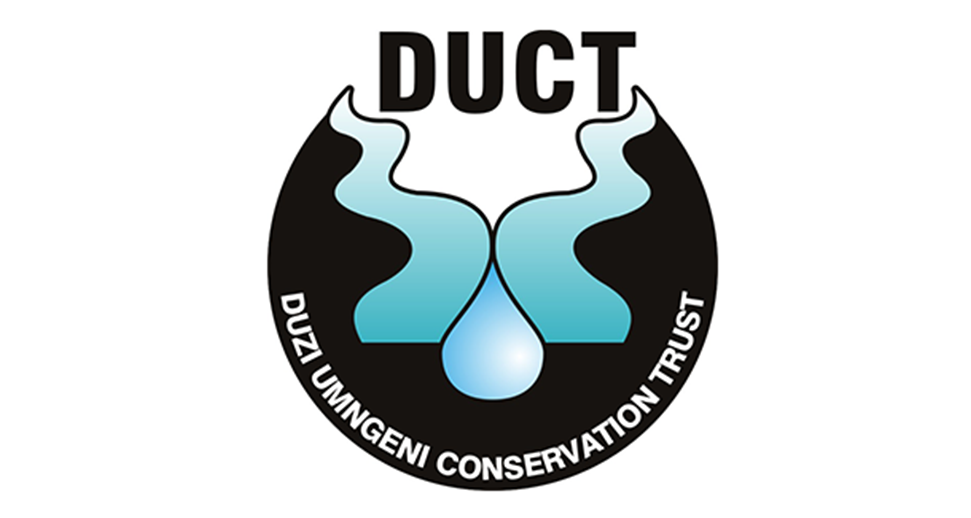The current water quality in the Duzi River is at its worst ever.
Environmentalists have raised alarm bells saying “it has been one of the worst summers for water quality”, with a peak in poor quality over the past six months, and are laying the blame squarely at the door of the Msunduzi Municipality, accusing them of neglecting the sewer maintenance section in terms of resources and management time.
Previous newspaper reports indicated that the municipality had recorded four burst pipes per day, 520 mainline blockages and an ageing asbestos cement pipeline.
The last test done by the Duzi-Umngeni Conservation Trust (DUCT) on March 18 shows alarming figures of E. coli contamination, which is indicative of faecal content in the water and results in severe illness including diarrhoea, kidney failure, abdominal cramping and death.
In the Baynespruit River near Greytown Road and Sobantu, the contamination rate of E.coli was a shocking 241 920 per 100 millilitres of water on March 18. Last month, during the Dusi canoe race, the figures for those areas ranged from 6 500/100ml to 14 210/100ml.
According to DUCT’s guide, any E. coli contamination greater than 50 000/100ml is a severe contamination and one in three people or canoeists may get sick. The current contamination levels exceed this level more than four times.
DUCT’s Dave Still said any E. coli contamination of 10 000/100ml is considered indicative of fairly significant pollution.
The only acceptable value for drinking water quality, he said, was zero E. coli contamination per 100mls.
Still said while E. coli data could be hard to interpret as it was extremely variable in time and space, the readings were always higher after rain.
“This is partly due to spilling sewers and partly due to wash-off of surface faecal contamination. The last month has been pretty horrible, quality wise, but then it has been quite wet,” added Still.
The worrying factor, for him, however, was the long term trend from 1998 to 2013.
“This graph shows a score, a single number, for each year, and that score is the number of sites above 10 000 E. coli/100ml each week on average. You want this to be low, not high. As you can see from the graph, the trend is not good,” said Still.
Judy Bell, also an environmentalist, said in addition to changes in the natural infrastructure, which was under huge strain because of growing property developments, the sewer maintenance section was badly neglected in terms of resources and management time.
Another environmentalist who did not want to be named said he did not think it was only failing infrastructure that contributed to the poor water quality.
“I don’t think it’s a question of failing infrastructure. Yes, some of the infrastructure does need upgrading, but that cannot explain a move in the index from 3,3 to 6,4 from 2010 to 2012 (see graph below). It might be a malaise that dates from the time the city went bankrupt, as the team was about to get some much needed equipment but then never got it,” said the source.
Still said in addition to the poor water quality threatening major water sports events, sewage pollution in the Duzi was causing a phosphate build-up in Inanda Dam, which in turn was causing algal blooms.
Dr Mark Graham, also a DUCT Director and one of South Africa’s most highly respected river health scientists said the blue green algae, already seen covering the Inanda Dam this year during the Dusi canoe race, was more insidious and difficult to treat than water hyacinth.
“Some of the paddlers would have noticed a unique smell coming up the valley … This was geosmin — a by product of the microcystis algal blooms and a potent taste and odour forming compound which costs huge amounts to treat in potable water. With more nutrient enrichment it will become more prevalent within the dam main basin and could eventually affect water treatment plants in Durban,” said Dr Graham.
This algae, he said, had another by-product which was even worse than the taste and odour issue — a group of compounds known as E. coli.
“It is highly toxic, particularly if ingested and in sufficiently large quantities. This is a great concern for most water supply companies in the world today as nutrient enrichment increases in most water supply dams,” said Graham.
The Msunduzi Municipality, Umgeni Water and the Department of Water Affairs are expected to respond later today.

